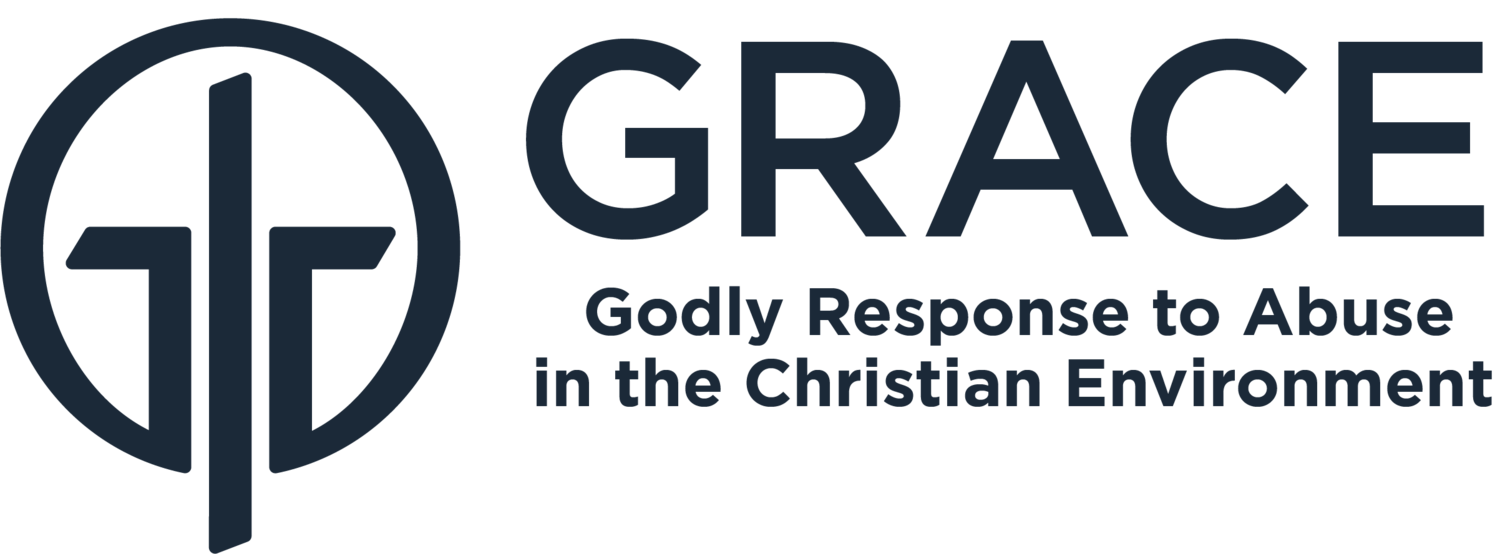Suffer the Little Children
By Dr. Lora Darrisaw
“Suffer the little children.”
Luke 18:16, Matthew 19:14 and Mark 10:14 record Jesus’ words, “suffer the little children...”
STOP HERE!
The Christian community can’t continue reading and hope to fulfill Jesus’ admonition to let the children “...come unto Me” without stopping to recognize the reality of this initial phrase as it stands alone: “Suffer the little children!”
—More than 3 million children or 1 out of every 25 kids in the United States experiences maltreatment.
—For more than 1 million children, the experience of maltreatment results in demonstrable harm.
—In 2010, 1,537 children died from maltreatment (more than three times the number of soldiers killed in Iraq and Afghanistan the previous year).
Much work is being done by national organizations and the government to address the issue of child maltreatment so that every child can live in a safe, stable, nurturing environment. Where is the church? Why is the church largely failing to address this issue and establish strategies to prevent children from suffering? This must happen to effectively let kids “come unto [Jesus]”, for it is very difficult to get physically injured, emotionally scarred and physically dead kids to come to Him.
For eleven years, I have been involved professionally with hundreds of these kids in my role as a pediatric and forensic pathologist with specialty focus on child abuse. I regularly evaluate maltreatment that results in non-fatal injuries as well as death. I recognize that there is a usual population of children and caretakers that are “at risk” and usual characteristics of abusive injuries. Recognition is the crucial ingredient needed to protect children and ensure their safety and well-being.
Have you seen this child—this faceless, nameless, injured child?
—in your community?
—in your church?
—maybe even, in your home?
Are we concerned that the injuries may be abusive—non-accidental injuries inflicted by a parent or caretaker? Or do we say, “NO! Not in my community, not in my church, not in my family!”
Many people are comfortable shielding themselves from the reality of child abuse. Sadly, many of these people represent the “Church”. It’s time for all—not just designated social workers, law enforcement, or medical personnel—to remove the blinders and begin to recognize children, recognize caretakers, and recognize characteristic injuries.
Recognize Children
Children who suffer abuse represent every socioeconomic level, every ethnic and cultural group, all religions and all levels of education. It’s infants and toddlers that are recognized as a higher risk population. Statistics reveal that nearly 80% of children that die from abuse are less than four-years-old. Infants crying, toddler tantrums, and toilet training issues are particular triggers for physical abuse. The majority of infants who suffer shaking related head trauma are less than six-months-old, and notably males are at greater risk. The ‘difficult’ child for reasons of health, temperament, etc is another factor that impacts the level of risk for maltreatment. In recognizing this high risk population of children, the Church community needs to provide education and support to help families cope with the challenges of raising infants and young children.
Recognize Caretakers
I’ve read that “anyone faced with the challenge of caring for an infant who is crying inconsolably is at risk” for inflicting trauma. The same can be said for the challenge of caring for a ‘terrible’ toddler or turbulent teenager. Yet, statistics and my experience reveal a population of “at-risk” parents/caretakers:
—Single or isolated parents
—Young parents (particularly teens and young adults with unwanted pregnancies
—Drug and alcohol dependent parents (children are three times more likely to be abused)
—Unusually tired/frustrated/stressed parents (could be isolated or chronic state)
—Poverty-ridden parent
—Non-biological parent (particularly boyfriend of mother)
In recognizing the high-risk parents/caretakers and the larger population of any parent/caretaker, the Church community needs to actively engage in providing services that support nurturing family relationships and environments for children. Is it not expected that the church provides family support, education support, emotional support, addiction support, economic support (Acts 4:32-35)
Recognize Characteristic Injuries
In considering physical abuse, certain injuries based upon the age of the child, type of injury and location of injury are recognized as highly or definitively characteristic of abusive injuries. A child who sustains an abusive injury is at risk for subsequent abuse, which may lead to death. Anyone who is willing to accept the reality of child abuse can recognize and raise the ‘red flag’ of suspicion for many of these injuries:
—Bruises on babies (particularly ‘non-cruisers’)
—Bruises/marks that leave a pattern of an object (hand print, belt mark, loop/cord mark...)
—Bruises/marks/burns in locations typically protected from routine accidents (ears, neck, armpit, genitals...)
—Excessive number of injuries
—Bruises/marks in locations atypical for discipline and representing obvious great force
Christians clearly have a biblical mandate to protect children from harm (cf. Matthew 18:5-6). Church leaders may also be mandated by their state to report any suspicion of child abuse; failure to do so may be criminal. It is imperative that the Christian community recognize the reality that children suffer (many at the hands of parents and caretakers) and begin implementing strategies to protect children from physical harm and additional devastating consequences of abuse. Only then, will we effectively be able to let children “...come unto [Jesus]”.
Dr. Lora Darrisaw is an associate medical examiner for the Georgia Bureau of Investigation and specializes in pediatric pathology and the evaluation of fatal and non-fatal pediatric injury. Dr. Darrisaw also serves at Calvary Chapel Church in Snellville, GA.

